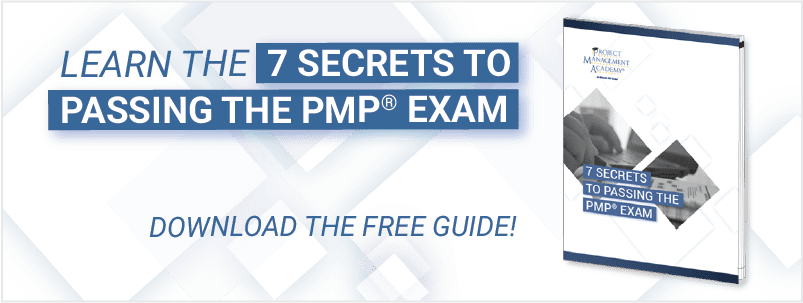
With 49 processes in A Guide to the Project Management Body of Knowledge (PMBOK ® Guide) – Sixth Edition, it may seem hard to believe that there is any other formal documentation left to write for a project. The PMBOK ® Guide details how those 49 processes are organized, and as John Filicetti, PMP, MBA shares, the resulting five process groups each focus on a type of work being performed. The PMBOK ® Guide processes do not speak to what the rules for work are nor the steps to accomplish the work. That is where “policy” and “procedure” fit into the project documentation. The 49 processes in 5 groups serve in a professional standardization capacity and should work in conjunction with the specific policy and procedures you may have in your company or project. Process, policy, and procedures all fall into the arena of “procedural documentation” which when done well, can shorten project timelines, reduce risks, and foster communications that lead to more successful outcomes.
On this page:


A policy is designed to guide decisions, to explain the “why” of how actions are taken. Policy is defined in business as that which is “…formulated or adopted by an organization to reach its long-term goals.” The policy will not tell you how to make a decision, but it will establish the guidelines for what is expected and accepted by the governing body or company.
You may know that your company has a policy for bulk purchases of core office supplies, but that will not help you in finding out how to get new paper for the copy machine. That is where the procedure comes into play. A procedure provides the steps by which to complete a task, process, or type of work. In our example, the policy would be to bulk order office supplies, and then the procedure would be to submit an online form with your budget code which is then submitted to the administrative team for review.
A Project Manager may not know every single policy or procedure for a company, but they should know how to find them and always work to ensure that the project team adheres to them. Policies and procedures can help a project manager guide the work so that there is less risk to the business and less time spent try to figure out common activities or correcting non-compliant efforts. In short, as stated by the online Business Dictionary,
“Policies and procedures are designed to influence and determine all major decisions and actions, and all activities take place within the boundaries set by them. Together, policies and procedures ensure that a point of view held by the governing body of an organization is translated into steps that result in an outcome compatible with that view.”
Use the below chart for an easy reference to the defining characteristics of a policy and a procedure.


Project Managers are not commonly tasked with writing policy. However, it could be through the work of a project, that the project manager identifies a gap in an existing policy or set of policies which should be addressed. Just as there are process guidelines in the PMBOK ® Guide, most companies have guidelines for the creation, review, and revision of their policies. The DIY Committee Guide provides a useful outline for policy development including the key steps of: Identify Need, Gather Information, Draft Policy, Consult Stakeholders, Approve Policy, Consider Whether Procedures Are Required, Implement, Monitor, Review, Revise.
Procedures are included in the policy development as they are the means by which the policy is realized.
Whereas the Project Manager may not develop a company-wide policy, there will be times that a Project Manager contributes to or leads the effort to document procedures. This is due to the nature of Project Management in which you are embedded in the work, you interact with internal and external stakeholders, and you experience the flow of work within a project.
Procedures address all types of activities from requesting office supplies to tracking hours, from where project documentation is stored to how contractors are hired. In all cases, a strong procedure document should be written with any acronym spelled out (or avoided) and in simple terms, it should lack extraneous information, and it should have a clearly marked sequence of steps.
As a Project Manager, you mostly like are already comfortable capturing documentation around what happened in a project or describing the goals of a project. Procedure writing is a bit different. For your procedure, consider the wider audience and in addition to explaining the steps, include information around getting help and in some cases, the reason for certain steps to help encourage compliance.
In the MindTools article, Writing a Procedure, you will find these useful questions to help you evaluate your procedure:
In the 9 th edition of his book Project Management, Harold Kerzner, PhD states that project management policies and procedures provide a means for which project-related data is captured and communicated in a standardized format. (pg. 894) But of more significance are the benefits of strong project documentation procedures which can include:
Today’s Project Manager should make all efforts to know how to find company policies and procedures so that work can be completed accordingly. Project Managers also enhance their professional reputation and value when they can contribute to the development of procedures that will benefit projects and the overall company.
Studying for the PMP Exam?